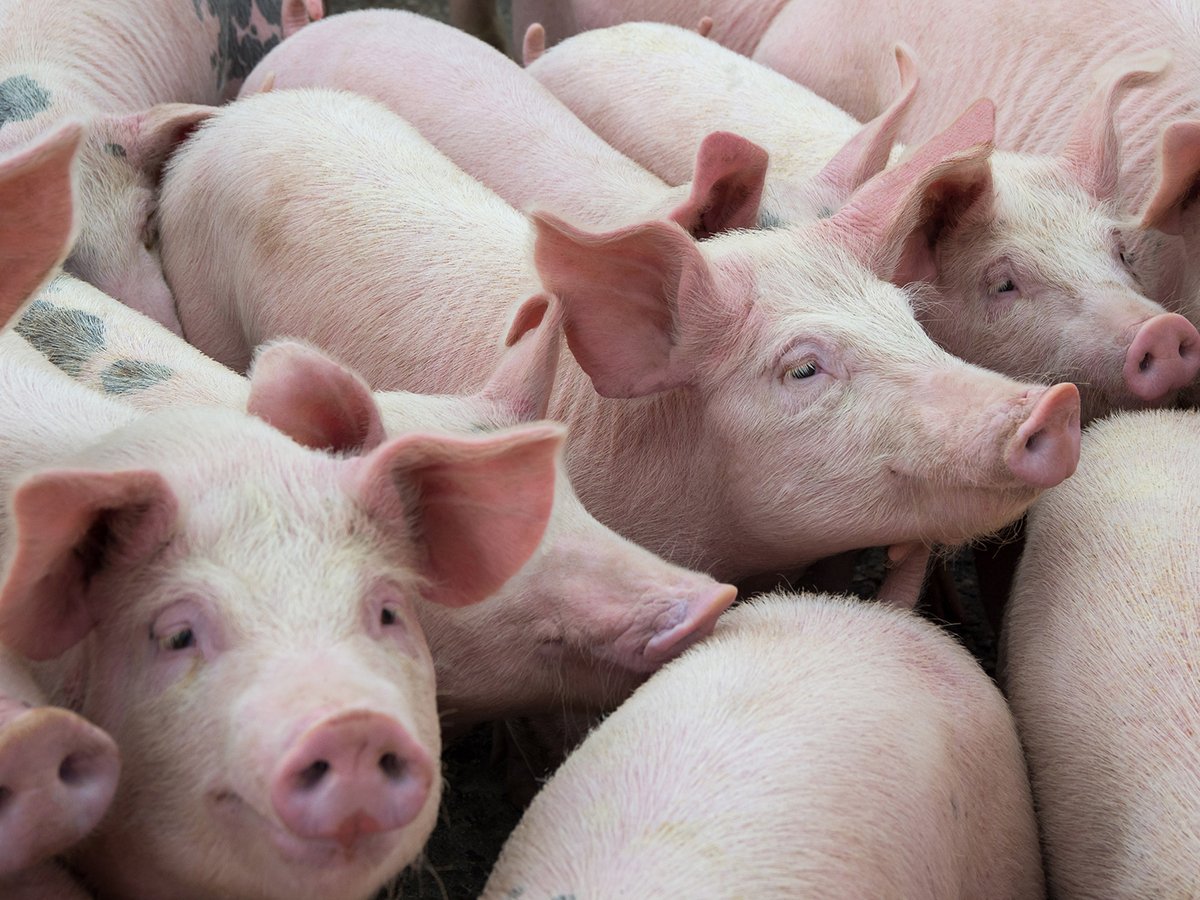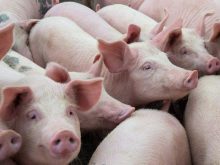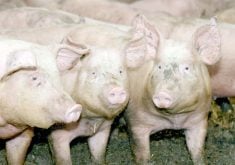Grain to grass, does it pay? A Weldon, Sask., farmer says maybe.
Lorne Christopherson said on his family’s farm a six year experiment has yielded some interesting results along with its harvests.
With a feedlot, grain and cow-calf operation, the Christopherson farm has a variety of experiences with cattle and grain. At many times in the farm’s 93 year history, the family could have given up one or the other sector when prices were especially bad.
“There have been many times I wanted to sell all the grain equipment and fence the whole place. But it’s not that simple,” he told fellow producers attending the Saskatchewan pasture school hosted by the Western Beef Development Centre and the Saskatchewan Forage Council.
Read Also

Quebec pork company calls for transparency around gene-edited pigs
Quebec-based pork company duBreton is calling for transparency around meats from gene-edited pigs on concerns that a lack of mandatory labelling will confuse consumers, and dilute certification claims. The organic sector is also calling for labelling rules.
In 2000, the family rented two pieces of land that were plagued with sloughs and potholes. One was three quarter sections with 370 cultivated acres; the other was a half section with 230 cultivated acres.
Both had tax valuations of $4,800 to $5,200 per quarter under the old assessment system, are on silty loam soil in the Kamsack-Shellbrook area and are rented for $30 per acre.
Spring water in low areas made the land especially hard to farm and the family decided to experiment by fencing the three quarter section piece and seeding a brome and alfalfa blend. The other piece was cropped as it had been before 2000. Expenses and income were logged at commercial rates or prices.
In the first year of the experiment, the forage land showed a loss of $52 per acre due to startup costs for the pasture. The cropped land had a 54 bushel malting barley crop and produced income of $26.23 per acre.
In the second year, the pasture fed 200 cow-calf pairs and eight bulls and produced 100 round bales of feed. It had an $18 per acre profit after all costs were taken.
That same year an 18 bu. flax crop was harvested with $6.64 per acre in positive returns.
Additional fences were added and cattle water was pumped 3.2 kilometres for the 134 day grazing period, adding costs to that season. But with another 90 bales, the 2002 year showed a $33 per acre return after expenses for the forage ground.
The same drought that drove up costs that year on the forage land killed the Canada Prairie Spring wheat crop planted on the cropped land. This triggered an 80 percent crop insurance payout that yielded $135 per acre. August rains caused regrowth and provided a late hay crop and resulted in a positive margin of $41.46 per acre on that land.
The three quarters of forage land produced a $39.73 margin in 2003, while the grain fields returned $32.50 from a 70 bu. feed barley crop.
In 2004, the forage land gave back $63.27 in positive returns, while the grain land lost $5.54 per acre growing canola.
Last year saw the grass and alfalfa produce a $48 per acre return while the grain land lost $30.50 producing a 70 bu. per acre feed barley crop.
After six years the pasture averaged $24.93 per acre, while the grain land returned $11.85.
“I can say it was easier and probably a better use of the land not to grow grain on it. But it also shows me that either scenario can pay off under the right conditions,” said Christopherson.
“I wouldn’t go seeding down a bunch of good land on this basis, but for land that is marginal or tough to farm, I think this shows me it’s the right thing to do. Unless we get a bunch of $10 (per bu.) canola years then I might change my mind. That’s farming.”














